If you’re a nature lover looking for a green way to vacay, let’s travel towards Mauritius, a small island in the Indian Ocean known to a paradise blending land and sea.
Indeed, the island is taking actions to preserve its beautiful flora and fauna and to encourage green tourism. In the preserved and authentic eastern region of the island, a plethora of sustainable activities awaits.
Thanks to trails and hikes to suit every mood and difficulty level, a unique marine life, nature parks and surrounding islets, everyday is filled with adventures.
Whether you’re a laid-back adventurer or fond of hikes off the beaten tracks, here are our top 8 sustainable places to explore in the East of Mauritius.

The majestic Lion mountain
If you are weary with the crowd and want to explore hidden paths and breath-taking views, hiking in the East will allow you to do just that. Let’s begin with the iconic Lion Mountain located in Old Grand Port, the South-East of Mauritius. The summit sits at 590 metres above sea level and requires rigourous physical efforts to get there. Once on top, you will enjoy stunning views overlooking the biggest lagoon of Mauritius as well as several islets such as Île au Phare or Île de la Passe which bears historical significance.
Le Chat et La Souris Mountain
One of the lesser-known hikes in Mauritius is ‘Le Chat et La Souris Mountain’ which literally translates to the Cat and the Mouse Mountain. There are two access points to this mountain, the first one is found in the village of Pointe aux Feuilles, located on the East coast of Mauritius and the second one in Olivia village next to a small chapel going by the name of Sainte-Thérèse de l’Enfant Jésus. Besides enjoying an immersion in the woods, you will also get to indulge in the local and authentic lifestyle of the East before or after your hike.

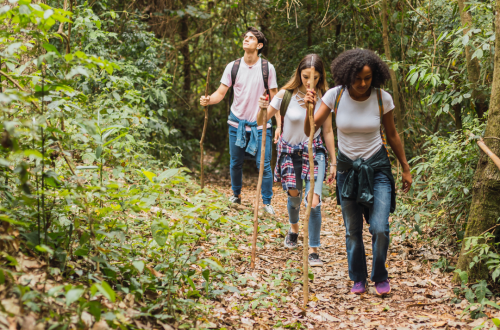
Bras D’Eau National Park
Up in the North-East of the island, Bras D’Eau National Park, is a real sanctuary for fauna and flora. Enjoy a romantic or family walk in nature with lovely picnic spots and several walking trails. You will encounter an old sugar mill, endless litchis, and mango trees as well as eucalyptus, blackwood, teak, casuarinas, or the rare white-tailed tropicbird.
The Vallée de Ferney
If you’re looking for softer trails, The Vallée de Ferney is a must for wildlife lovers. Located in the North of Mahébourg, a small fishing village, several hiking tracks of various intensity are offered in the heart of an incredible conservation park which attracts scientists, biologists and ecologists from all over the world. A guided tour can take you to observe the Kestrel bird, the emblematic Pink Pigeon and even the Echo Parakeet, native to Mauritius. An ideal family activity!
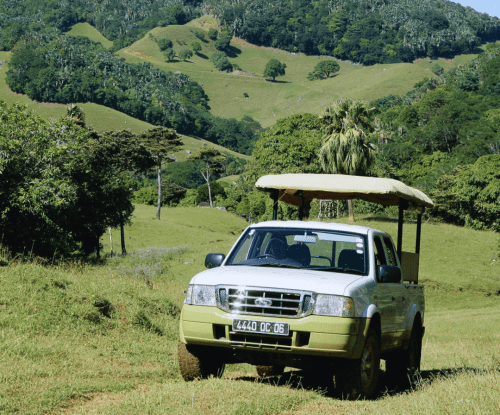
Blue Bay Marine Park
Let’s dive into the largest brain coral in the whole Indian Ocean. Located right on the South-East coast near Mahébourg, Blue Bay Marine Park is the epitome of the island’s marine fauna. Travellers usually visit the popular old brain coral which is over 1,000 years old with a 5-metre diameter. If you ever go to Blue Bay, get ready to embark on a mesmerising voyage aboard a glass-bottom boat and delight in the wondrous discoveries that await as you gracefully glide across the water. Close to the coastline, the site also offers ideal conditions for snorkelling with a rich biodiversity as well as calm and shallow sea for a relaxing swim.
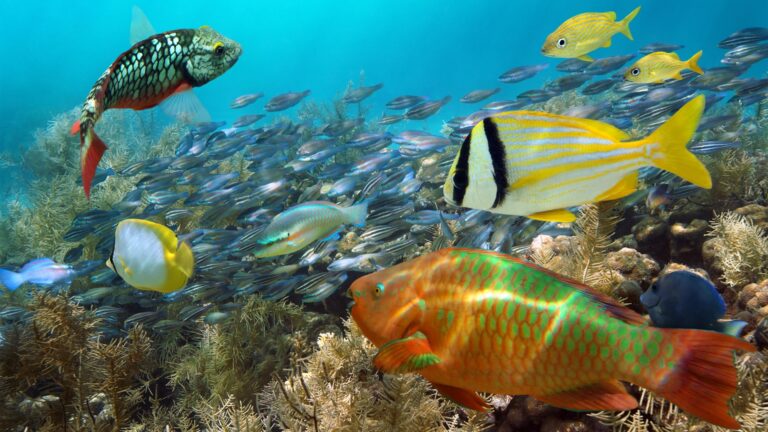
Île aux Aigrettes
Another little gem located to the South-East, and also towards Mahébourg. The famous Île aux Aigrettes is known to be a haven for endemic species in Mauritius. This island has been declared a nature conservation site and is preserved by local NGO, the Mauritian Wildlife Foundation. Unlike Mauritius which is of volcanic origin, Ile aux Aigrettes is made up of coralline limestone and harbours the last remnants of a dry coastal forest. A not-to-be-missed sight!
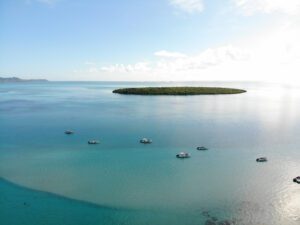
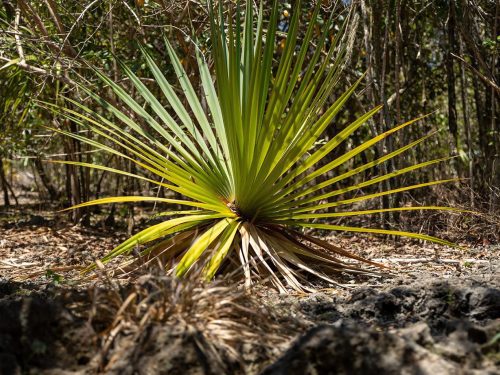
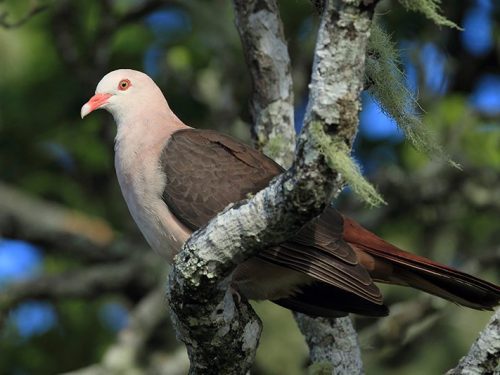
The East of Mauritius will inevitably delight any traveller in search of adventures and daily activities with minimal impact on the environment. By visiting protected nature reserves on the island, you also support the work of eco-warriors, NGOs and organisations going the extra mile to keep our biodiversity alive and in perfect shape.
Some of these trails and hikes are not well known to the public, and the paths may not be very accessible. We advise you to hire a professional guide.
Cette publication est aussi disponible en :
 Français
Français

